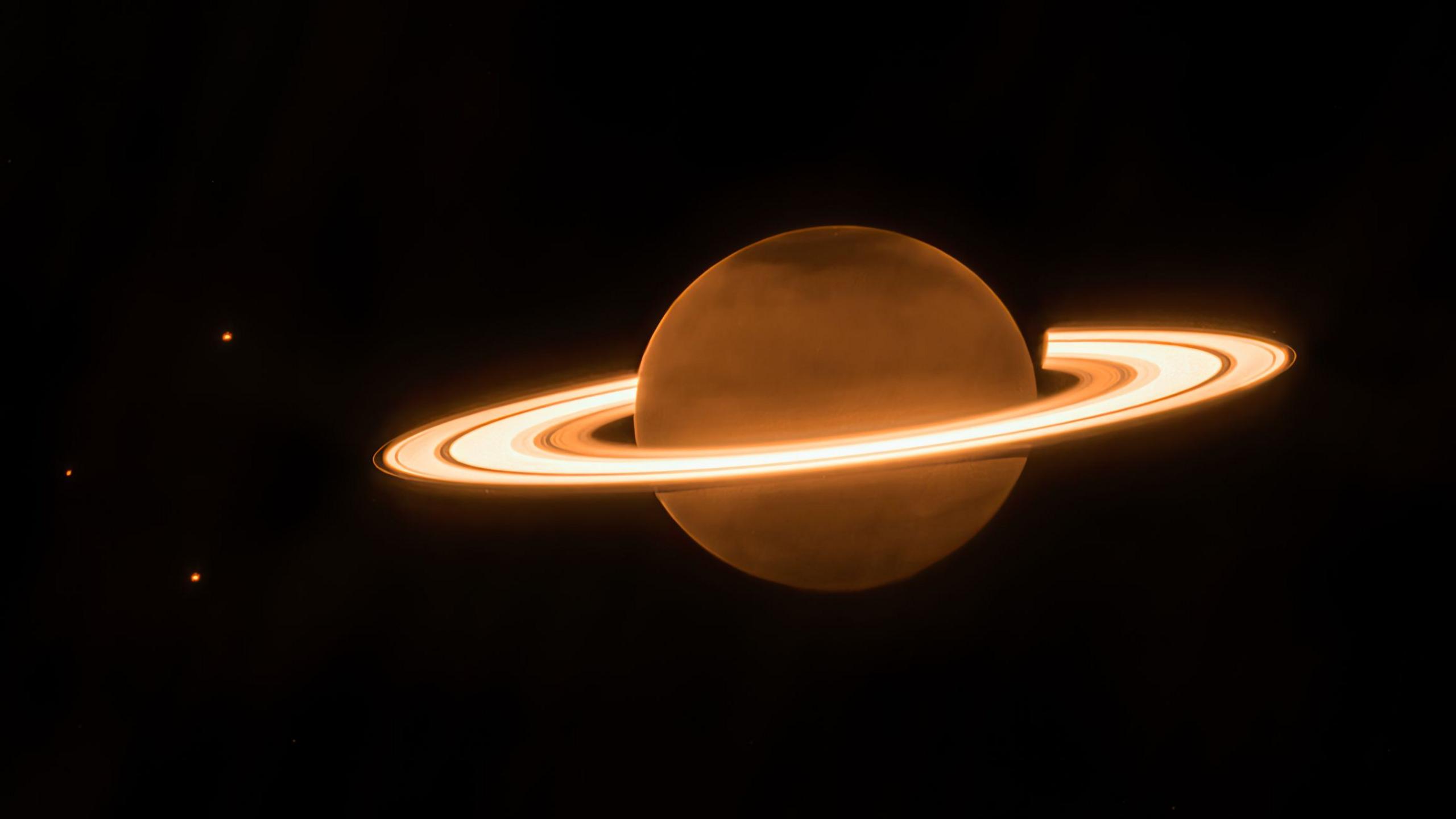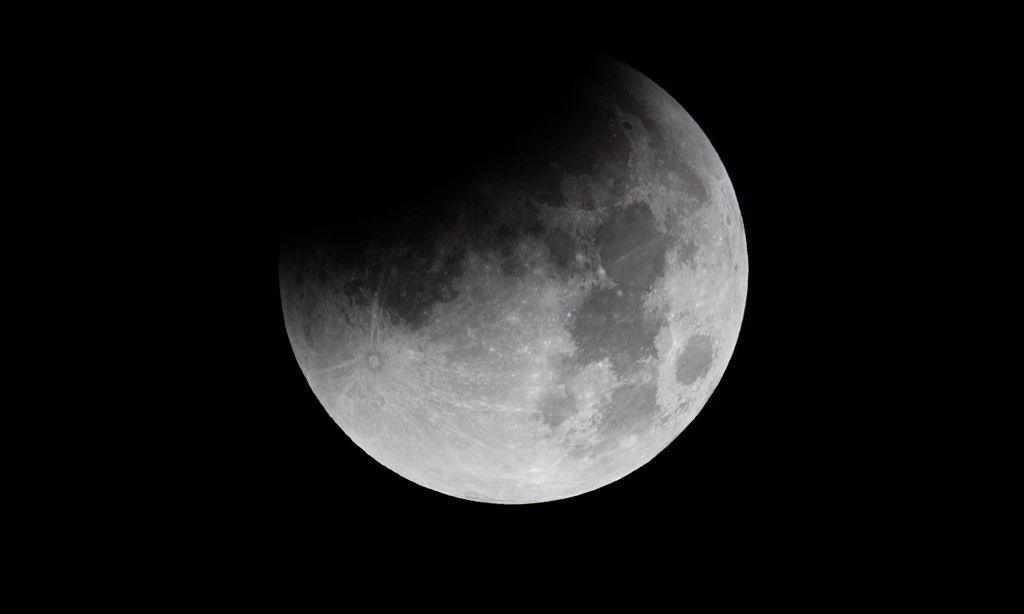Things to look out for in the sky this September

There could be several wonders in the sky this September
- Published
There's some exciting news for fans of all things astronomy.
We could witness an incredible cosmic sight from an exploding star in the night sky this month.
The blast will come from T Corona Borealis, which is also known as the Blaze Star.
It's thought to be some 3,000 light-years away, but the explosion will create a bright light that will be visible from Earth without the use of a telescope.
It isn't possible to predict exactly when the phenomenon will happen, but certain patterns of brightness have led astronomers to believe it could be very soon.
Blaze Star's explosion isn't the only cosmic event due to take place in the coming weeks.
'Once-in-a-lifetime' cosmic event to take place this summer
- Published7 June 2024
Most kids believe they'll travel to space - do you?
- Published6 June 2024
Super speedy space object surprises scientists
- Published20 August 2024
Saturn will shine bright

On 8 September, the planet Saturn will appear bigger and brighter in the sky than usual.
This is because it'll reach something called opposition, which is when the Earth ends up directly between the Sun and another planet.
Saturn will be easily visible to the naked eye throughout the month, but a telescope will be needed for those wanting to get a glimpse of its famous rings.
Partial lunar eclipse

The partial lunar eclipse will be visible in the early hours of the morning
We could see a partial lunar eclipse on the 18 September if conditions are clear.
This happens when the Earth is between the Sun and the Moon and the Moon moves into the Earth's shadow.
However, on this occasion the Earth, Moon and Sun are not directly in line with one another, which makes the eclipse partial.
Unlike a solar eclipse, lunar eclipses are safe to look at without any additional protection.
The partial lunar eclipse is expected to be visible in the early hours of the morning between 3.15am and 4.15am, so you may need ask your grown-ups if you can set an alarm to see it.
The autumn eqinoux
Equinox: what is it and when is it? (2019)
The 22 September is the autumn equinox for countries in the Northern Hemisphere which includes the UK.
This occurs when the hours during daylight and night time are roughly the same wherever you are on Earth.
This works out at roughly 12 hours each.
It also marks a transition between the seasons - so, the spring equinox marks the start of spring, while the autumn equinox marks the start of autumn.
- Published30 August 2024

- Published1 September 2024

- Published2 September 2024

